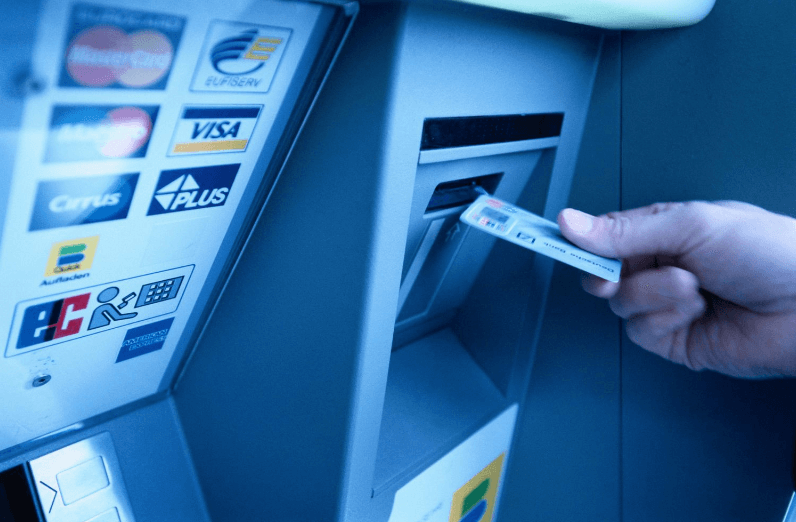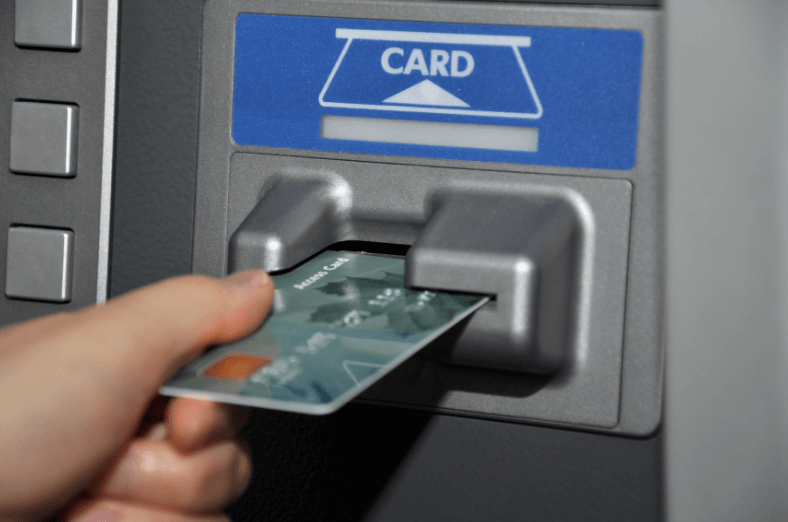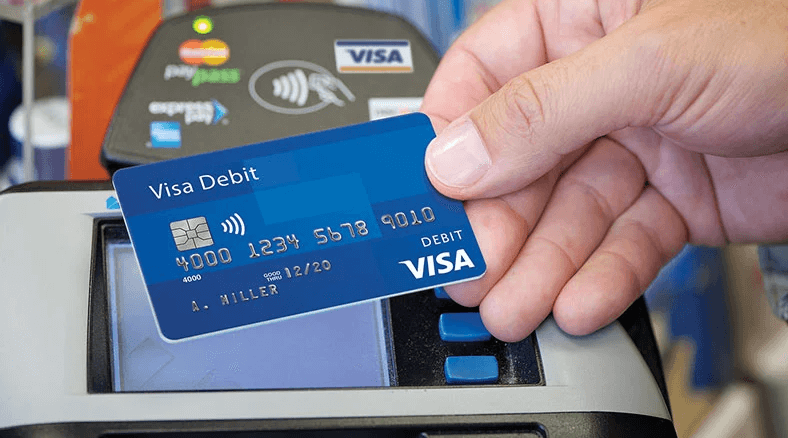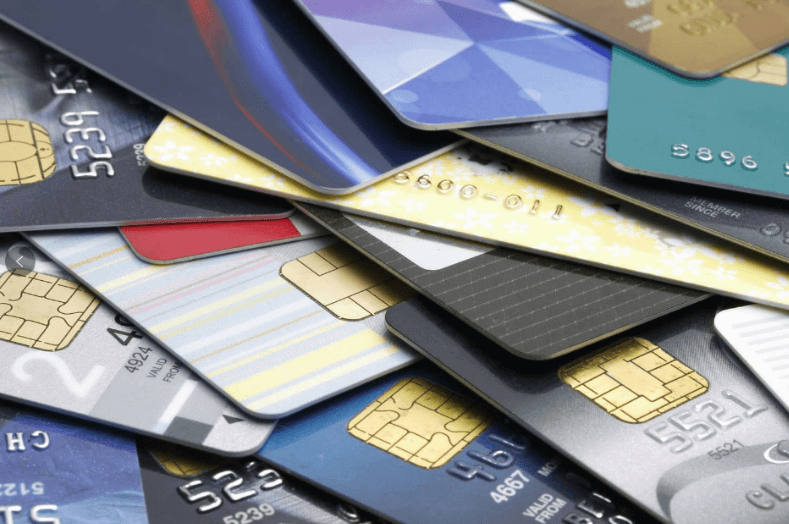
What is the difference between an ATM card and a debit card?
ATM cards and debit cards are two common types of banking cards. They look similar and are linked to your account, but their functions and usage differ significantly. Many people confuse them, assuming they can be used interchangeably. In reality, they serve different purposes. Below, we’ll explain the key differences between them, how they’re used, and which card is best for your needs.
Definition and Basic Concepts
A bank typically issues an ATM card for use in making cash withdrawals at ATMs. It links directly to your checking or savings account. The card stores account information on a magnetic stripe or chip, and you must enter a PIN to access cash. ATM cards cannot be used for store purchases or online transactions.
A debit card is more versatile. It allows ATM withdrawals, in-store payments, online shopping, and bill payments. Debit cards display logos of global payment networks, such as Visa or Mastercard, making them usable worldwide. ATM cards focus on cash access, whereas debit cards combine cash access with daily payment functionality.

How Transactions Work
ATM cards are limited to ATM transactions. Banks may allow balance inquiries, fund transfers between accounts, or PIN changes, but that’s the extent of their function. You cannot pay for goods or services using an ATM card.
Debit cards operate through global payment networks. Swiping or tapping a debit card at a store communicates with the bank in real time. Funds are deducted instantly from your account and transferred to the merchant. Debit cards also work for online transactions. This versatility eliminates the need to carry cash, making debit cards suitable for everyday purchases.
Accessibility and Usage Scenarios
ATM cards are typically used exclusively for cash withdrawals or limited bank services at ATMs. You cannot use them to pay for groceries, flights, or subscriptions directly.
Debit cards, in contrast, are multi-purpose. They work at ATMs, retail outlets, contactless terminals, and online platforms. In today’s digital economy, debit cards have become essential, whereas ATM cards serve only limited functions.

Security Features
ATM cards typically require a PIN for basic security. Although people use them only at ATMs, fraud risks persist, including skimming and PIN theft. Fraud protection may be minimal.
Debit cards provide multiple security layers. EMV chip technology reduces cloning risk. PINs or OTPs are often required for online purchases. Banks send real-time notifications for transactions. Payment networks also have buyer protection policies in place. Contactless debit cards usually impose transaction limits for added safety. Overall, debit cards offer higher security compared to ATM cards.
Banking Policies and Fees
ATM cards usually come free with bank accounts. Charges typically apply only to out-of-network ATM use. Their cost and complexity are minimal.
Debit cards may have annual fees, foreign transaction charges, or overdraft costs. Many banks encourage debit card usage to promote digital payments. While ATM cards are inexpensive and straightforward, debit cards offer broader functionality but sometimes at a higher cost. Consumers should carefully read the terms to avoid unexpected fees.

Consumer Choice and Lifestyle Needs
If you primarily use cash and rarely shop online, an ATM card may be sufficient for your needs. Retirees, rural users, or those who prefer to avoid digital payments often opt for them.
Debit cards are ideal for consumers who value convenience and flexibility. Frequent travelers, urban professionals, and younger users usually favor debit cards. Debit cards integrate ATM and retail functionalities, making them versatile. Most people today find debit cards essential, while ATM cards remain a more limited alternative. Now that we’ve explained the differences between ATM and debit cards, we’ve compiled a table summarizing the differences for your reference.
| Feature | ATM Card | Debit Card |
|---|---|---|
| Primary Use | May include annual fees, foreign transaction fees, and overdraft charges | ATMs only |
| Payment Capability | Cannot be used for retail or online purchases | Can be used for retail, online transactions, and subscriptions |
| Network Support | Bank-specific ATM network | Global payment networks (e.g., Visa, Mastercard) |
| Security | PIN protection, limited safeguards | EMV chip, PIN/OTP, real-time notifications, higher security |
| Fees | Usually free; out-of-network ATM usage may incur charges | Cash withdrawals, everyday payments, online shopping, and bill payments |
| Usage Scope | ATM machines only | ATMs, retail stores, online platforms, contact/contactless payments |
| Ideal Users | Cash-only users or those avoiding digital payments | Frequent shoppers, travelers, and digital payment users |
| Function Flexibility | Limited functions, low cost | Multi-functional, combines ATM withdrawals and convenient payments |
Choosing Between a Debit and an ATM Card
The differences between ATM and debit cards lie in their functionality, coverage, and security. ATM cards allow you to withdraw cash from ATMs and offer limited banking functionality. They are simple to use, inexpensive, and primarily used for withdrawing money. Debit cards provide all the functionality of ATM cards and more. They support global payments, online transactions, and secure retail purchases. They also offer a higher level of protection and align more closely with modern financial needs.


